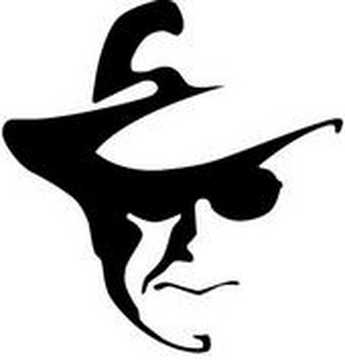Showcase: Social Worker With a Camera
Years ago, Joseph Rodriguez bought a used camera and a roll of Tri-X, Sandra C. Roa reports, and began documenting marginalized families. He’s still at it.
via Lens Blog: http://lens.blogs.nytimes.com/2009/10/22/showcase-67/
Joseph Rodriguez, 58, is what you might call an old-school cat, a straight talker who is a bit rough around the edges. As a photojournalist, his past is his starting point and his palette.






